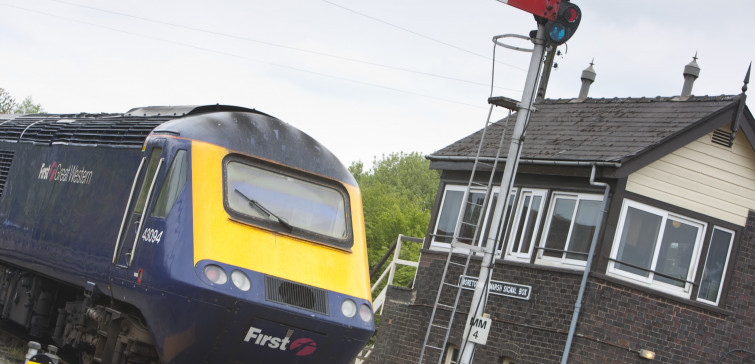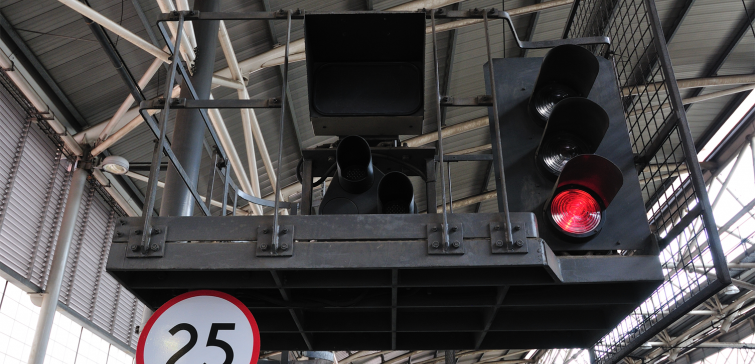Signalling & control systems
Network Rail owns and operates one of the world’s most heavily used railways – accommodating 1.5 billion passenger journeys and 7 million train movements every year. The control, management and safety of each train movement depends on our signalling and control systems.
Signalling & control systems
Our challenge is to achieve high levels of operational safety and performance through the implementation of reliable and cost-effective signalling, command and control systems. Network Rail achieves this through a range of technologies, including:
- European Rail Traffic Management Systems (ERTMS), Global System for Mobile Communications – Railway (GSM-R) and Automatic Train Protection (ATP)
- level crossing signalling and protection systems
- interlocking, trackside systems, staff protection and remote asset condition monitoring systems.
Signalling & control systems
You can access our experience in signalling and control systems throughout the complete project lifecycle, including:
- concept design and feasibility
- business case preparation and review
- operational planning and programme management
- application and engineering standards development
- risk and value engineering
- systems modelling, engineering, integration and review
- implementation, assurance and commissioning
- system deployment, system verification and validation
- safety case and pre-commissioning review
- operational readiness planning
- safety certification management
- asset management
- economic and technical evaluation of whole-life asset performance and performance improvement
- system performance and RAMS modelling
- system upgrade and obsolescence management
- incident investigation and analysis
- scheme stagework design
- new technology introduction.













